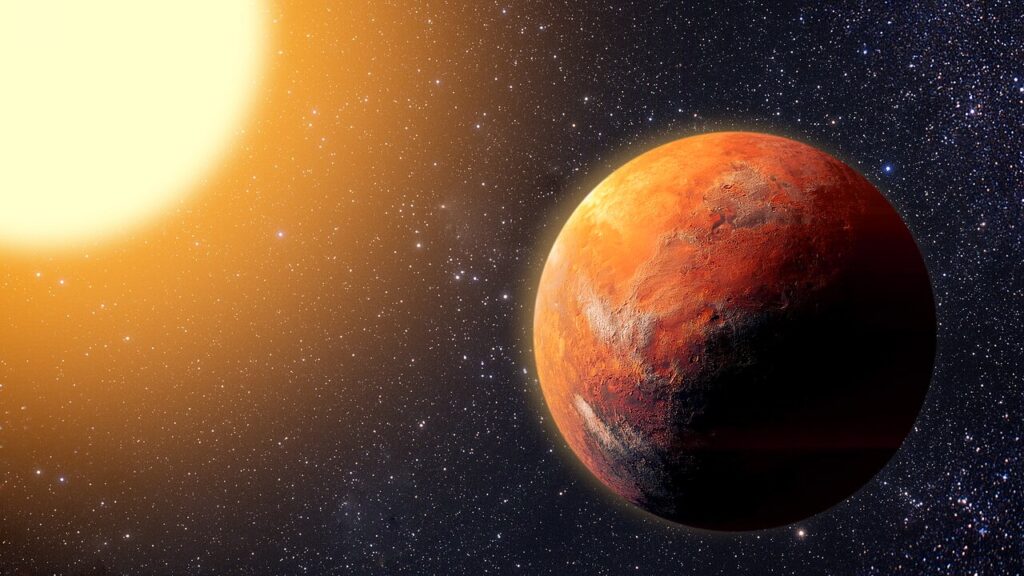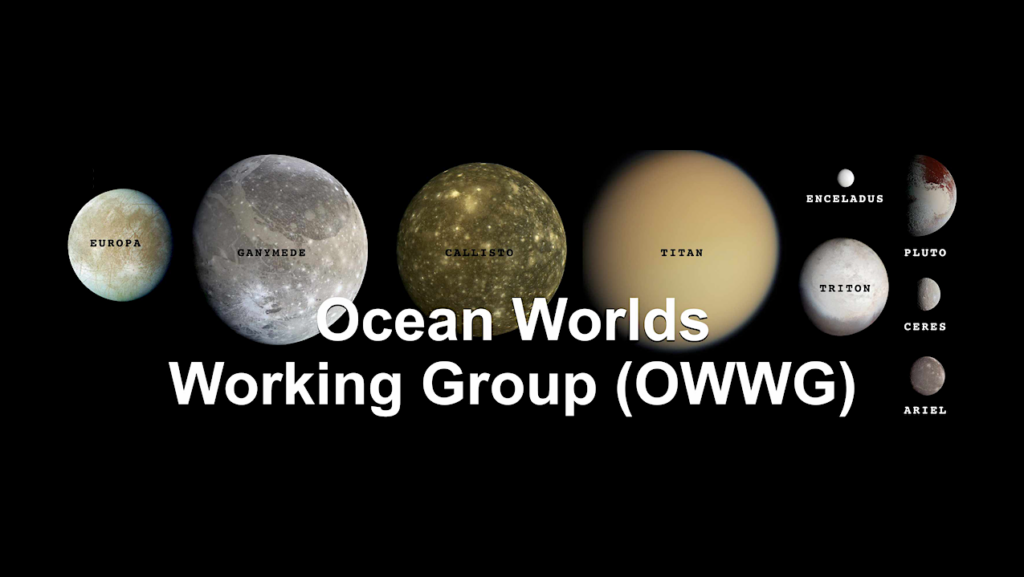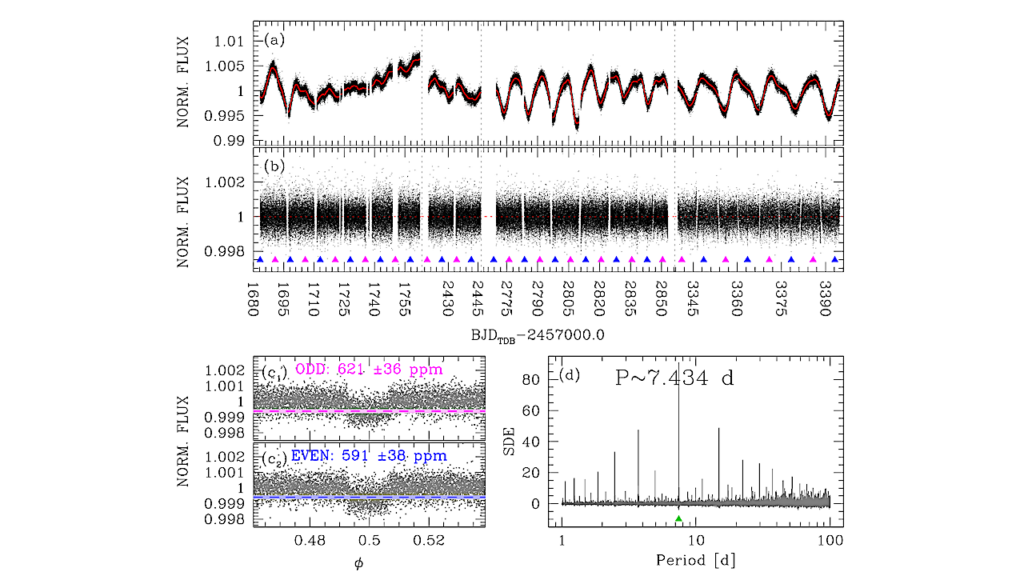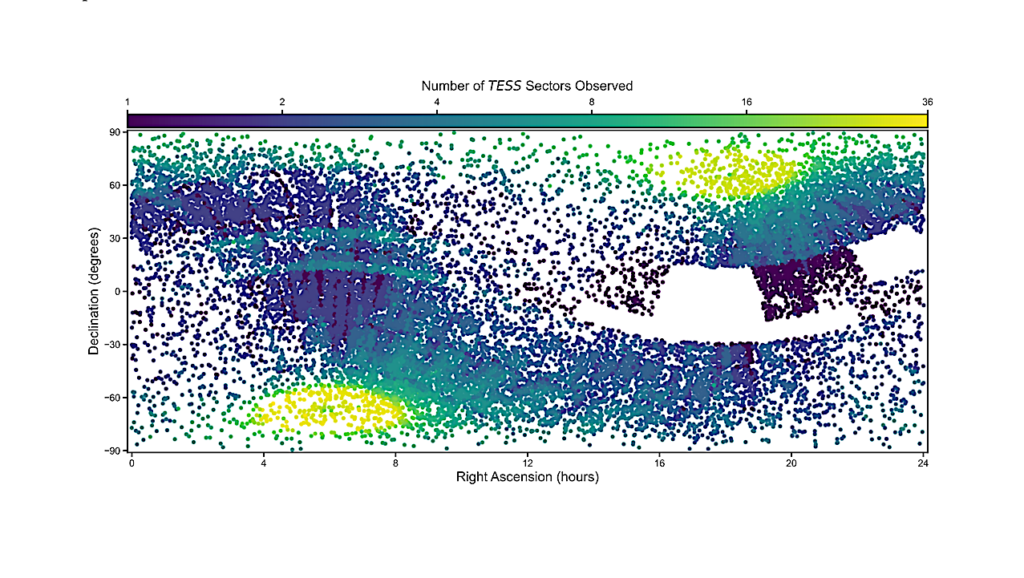The Epoch of Giant Planet Migration Planet Search Program. I. Near-Infrared Radial Velocity Jitter of Young Sun-like Stars

We present early results from the Epoch of Giant Planet Migration program, a precise RV survey of over one hundred intermediate-age (∼20−200 Myr) G and K dwarfs with the Habitable-Zone Planet Finder spectrograph (HPF) at McDonald Observatory’s Hobby-Eberly Telescope (HET).
The goals of this program are to determine the timescale and dominant physical mechanism of giant planet migration interior to the water ice line of Sun-like stars. Here, we summarize results from the first 14 months of this program, with a focus on our custom RV pipeline for HPF, a measurement of the intrinsic near-infrared RV activity of young Solar analogs, and modeling the underlying population-level distribution of stellar jitter.
We demonstrate on-sky stability at the sub-2 m s−1 level for the K2 standard HD 3765 using a least-squares matching method to extract precise RVs. Based on a subsample of 29 stars with at least three RV measurements from our program, we find a median RMS level of 34 m s−1. This is nearly a factor of 2 lower than the median RMS level in the optical of 60 m s−1 for a comparison sample with similar ages and spectral types as our targets.
The observed near-infrared jitter measurements for this subsample are well reproduced with a log-normal parent distribution with μ=4.15 and σ=1.02. Finally, by compiling RMS values from previous planet search programs, we show that near-infrared jitter for G and K dwarfs generally decays with age in a similar fashion to optical wavelengths, albeit with a shallower slope and lower overall values for ages ≲1 Gyr.
Quang H. Tran, Brendan P. Bowler, William D. Cochran, Michael Endl, Gudmundur Stefansson, Suvrath Mahadevan, Joe P. Ninan, Chad F. Bender, Samuel Halverson, Arpita Roy, Ryan C. Terrien
Subjects: Earth and Planetary Astrophysics (astro-ph.EP); Solar and Stellar Astrophysics (astro-ph.SR)
Cite as: arXiv:2101.11005 [astro-ph.EP] (or arXiv:2101.11005v1 [astro-ph.EP] for this version)
Submission history
From: Nhat Quang Tran
[v1] Tue, 26 Jan 2021 19:00:00 UTC (3,061 KB)
https://arxiv.org/abs/2101.11005
Astrobiology, Astrochemistry,








